1. The Cretaceous-Paleogene (K-Pg) Extinction Event

YouTube
Around 66 million years ago, the K-Pg extinction event, most famously known for the asteroid impact that wiped out the dinosaurs, drastically reshaped life on Earth. This event is often associated with the demise of the dinosaurs, but it had a profound effect on the entire ecosystem. The impact caused massive wildfires, tsunamis, and a “nuclear winter” effect, dramatically altering the planet’s climate. This event opened up ecological niches, allowing mammals to evolve and diversify into forms that would eventually lead to humans. Without this catastrophic event, mammals may not have had the evolutionary opportunity to rise to dominance, making this disaster a key turning point in animal evolution.
2. The Permian-Triassic Extinction (The Great Dying)
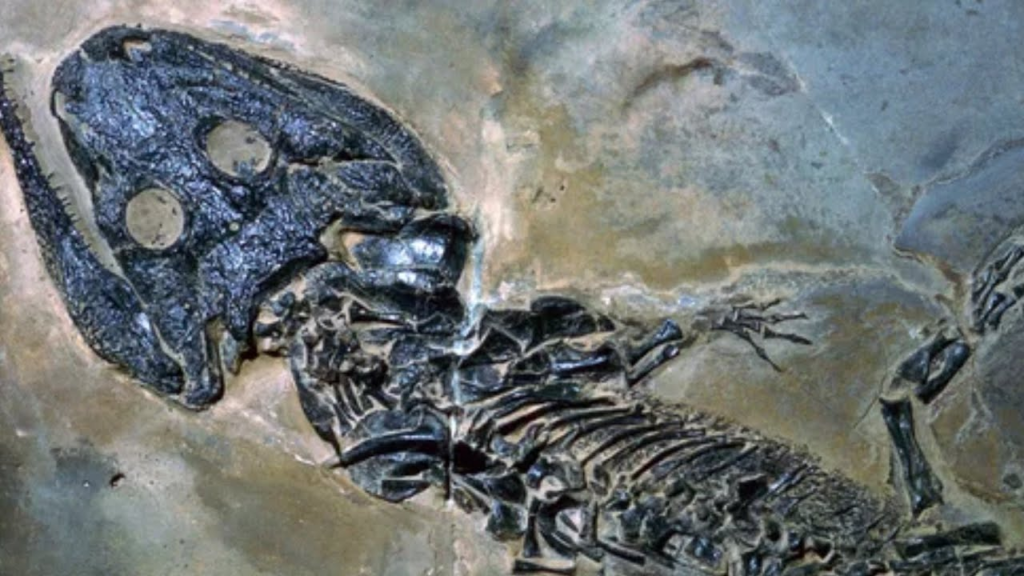
YouTube
The Permian-Triassic extinction event, which occurred about 252 million years ago, remains the most severe mass extinction event in Earth’s history, wiping out nearly 90% of species. This event was likely triggered by a series of volcanic eruptions, climate shifts, and changes in ocean chemistry, leading to an environmental collapse. The aftermath of this disaster altered life on Earth by clearing the way for new species to evolve. In the wake of this global disaster, reptiles, including the ancestors of dinosaurs, began to dominate the planet. Early mammals also emerged, beginning an evolutionary path that would eventually lead to the diverse mammalian life forms we see today.
3. The Ice Age (Pleistocene Epoch)
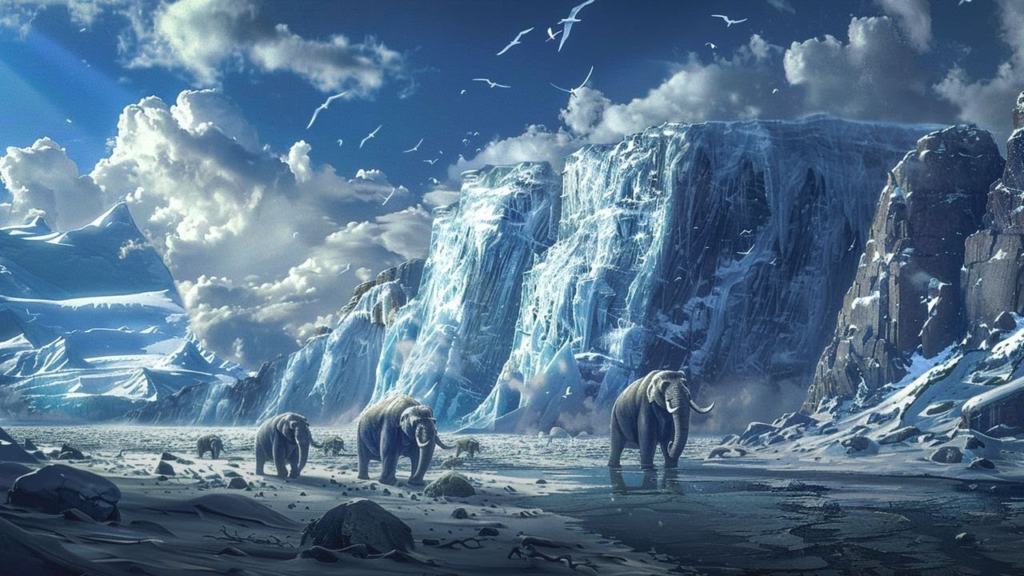
YouTube
The Ice Age, which spanned from about 2.6 million to 11,700 years ago, was a period of extreme climatic shifts marked by the growth and retreat of glaciers across much of the Northern Hemisphere. These changing conditions forced animals to adapt in drastic ways. Species such as woolly mammoths and saber-toothed tigers developed larger bodies and specialized fur to survive the cold temperatures, while others evolved strategies for surviving in harsh environments. At the same time, many species that couldn’t cope with the ice age conditions went extinct. The Ice Age significantly shaped modern ecosystems by allowing the evolution of smaller, more adaptable creatures to rise.
4. The Pleistocene Megafaunal Extinctions

YouTube
During the late Pleistocene, many of the planet’s largest animals, or megafauna, went extinct. The causes behind this mass extinction are still debated, but it is believed that a combination of climate change at the end of the Ice Age and overhunting by early humans contributed to the decline of these giant species. Mammoths, mastodons, giant ground sloths, and saber-toothed cats vanished, leaving ecological gaps that allowed for the rise of smaller, more versatile species. The extinction of megafauna also led to the eventual evolution of the more efficient and agile predators and prey that are still dominant in today’s ecosystems.
5. The Toba Supervolcano Eruption
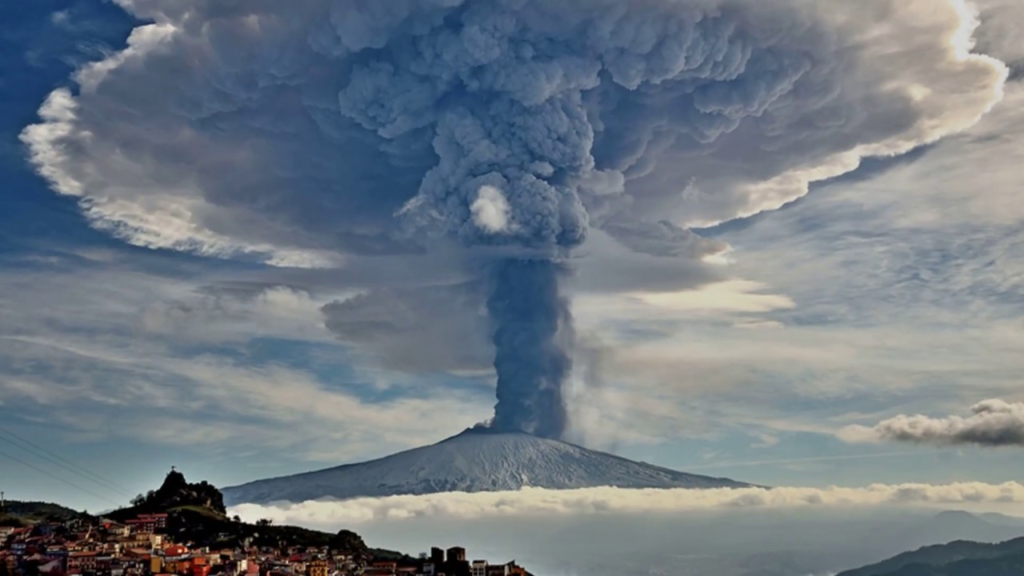
YouTube
Approximately 74,000 years ago, the eruption of the Mount Toba supervolcano in present-day Indonesia triggered a global volcanic winter. This catastrophic event, which cooled the Earth’s temperatures significantly, had far-reaching consequences for both plant and animal life. The sudden cooling led to widespread food shortages, and many species struggled to survive. It’s believed that this eruption caused a genetic bottleneck in early human populations, severely reducing the number of humans on Earth. While many species perished, this event also led to the accelerated adaptation and evolution of survivors, including early humans, who would eventually evolve into the modern human species we know today.
6. The Cambrian Explosion
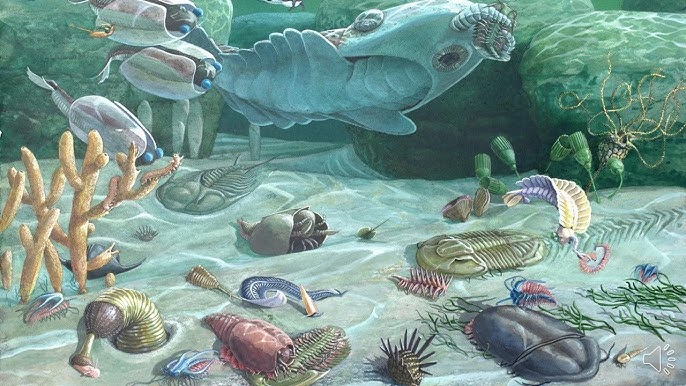
YouTube
Around 541 million years ago, the Cambrian Explosion marked a period of rapid evolutionary diversification. Over a relatively short span, most major animal phyla appeared in the fossil record, including arthropods, mollusks, and early vertebrates. This burst of evolution led to the rise of complex life forms with specialized features such as eyes, exoskeletons, and segmented bodies. The abundance of new ecological niches during this time allowed species to evolve rapidly, setting the stage for the emergence of more complex and diverse ecosystems. This event dramatically shaped the course of animal evolution and laid the foundation for all subsequent life on Earth.
7. The Great Oxygenation Event
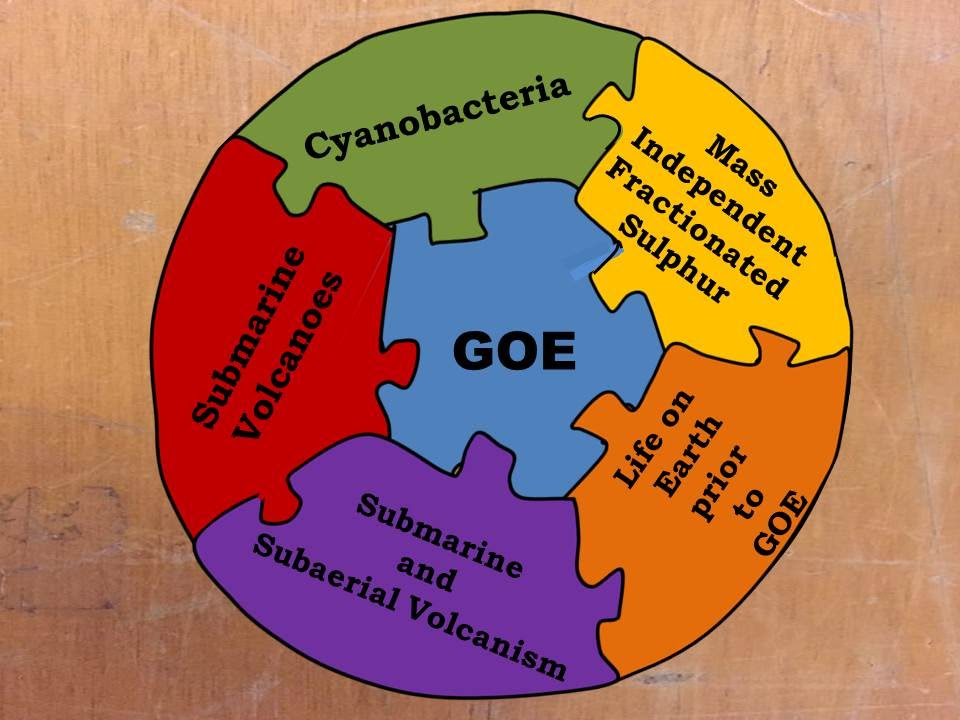
YouTube
About 2.4 billion years ago, Earth’s atmosphere began to accumulate oxygen, a process largely driven by the proliferation of photosynthesizing microorganisms, particularly cyanobacteria. This event, known as the Great Oxygenation Event, caused a radical transformation in the planet’s atmosphere and oceans. Oxygen, a byproduct of photosynthesis, was toxic to many early anaerobic life forms, causing massive extinctions. However, for aerobic organisms that could harness oxygen, the event triggered the evolution of more complex life forms. This increase in atmospheric oxygen allowed the evolution of multicellular organisms, ultimately leading to the rise of animals, including vertebrates and invertebrates.
8. The Eocene-Oligocene Transition
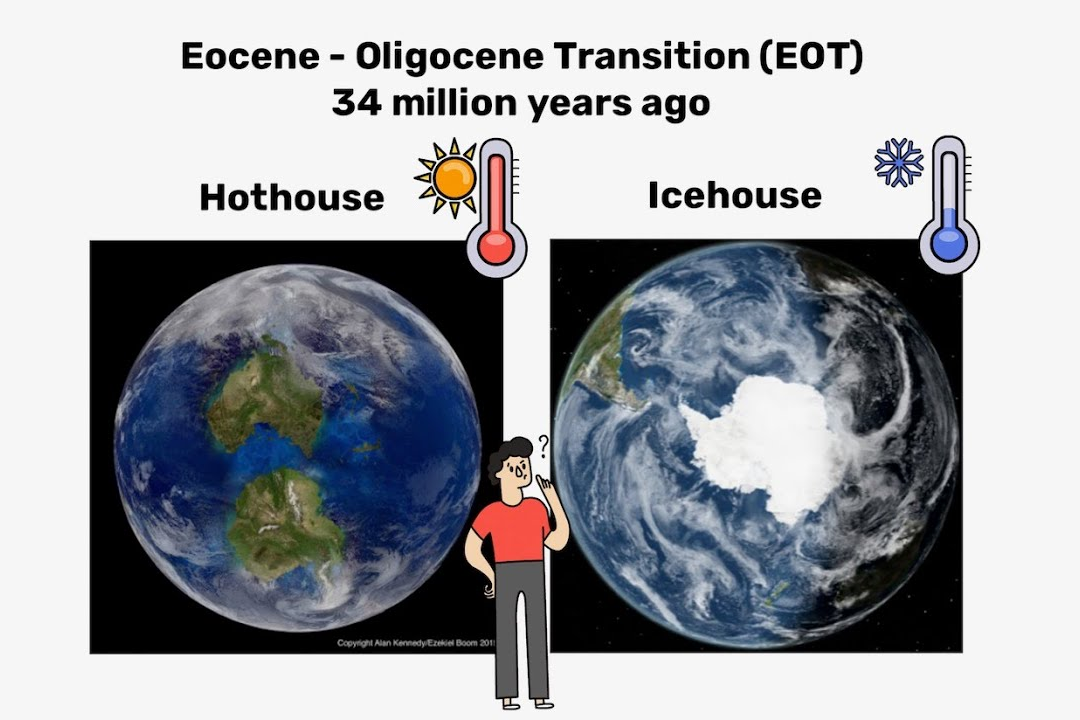
YouTube
Around 34 million years ago, Earth experienced a significant climatic shift from a warm greenhouse world to a cooler, more seasonal climate. This transition was triggered by the growth of polar ice caps and a global cooling trend that resulted in the extinction of many tropical species. However, this cooling event also led to the rise of grasslands and the evolution of new species better adapted to the cooler, drier conditions. Mammals, particularly grazing species, adapted to this changing environment, leading to the evolution of species such as early horses, elephants, and other herbivores. This event significantly altered the trajectory of mammalian evolution.
9. The Holocene Extinction Event

YouTube
The Holocene extinction event, which continues today, is driven primarily by human activity, including deforestation, habitat destruction, and climate change. While humans have caused the extinction of numerous species, the current mass extinction event also accelerates the evolution of others. Some animals, such as urban-adapted species like coyotes, raccoons, and pigeons, have evolved to thrive in human-dominated environments. At the same time, the ongoing destruction of habitats forces many species to adapt or face extinction. The Holocene extinction event serves as a stark reminder of how rapidly human activity can alter the course of animal evolution.
10. The Late Devonian Extinction
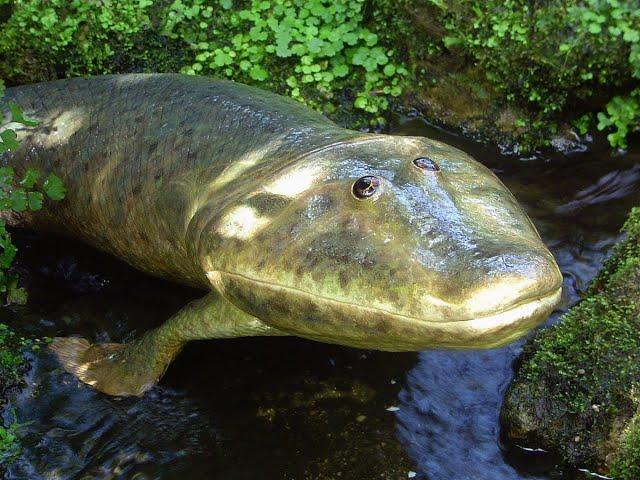
YouTube
Around 360 million years ago, the Late Devonian extinction wiped out a significant portion of life, particularly marine species. This event was likely caused by a combination of environmental changes, including asteroid impacts, volcanic eruptions, and changes in sea levels. The loss of many fish species opened up opportunities for new forms of life to emerge, leading to the rise of amphibians and the first land-dwelling vertebrates. This extinction event marked a pivotal point in the evolution of life on Earth, with animals beginning to adapt to terrestrial environments, setting the stage for the eventual emergence of reptiles, mammals, and birds.
11. The Paleocene-Eocene Thermal Maximum (PETM)
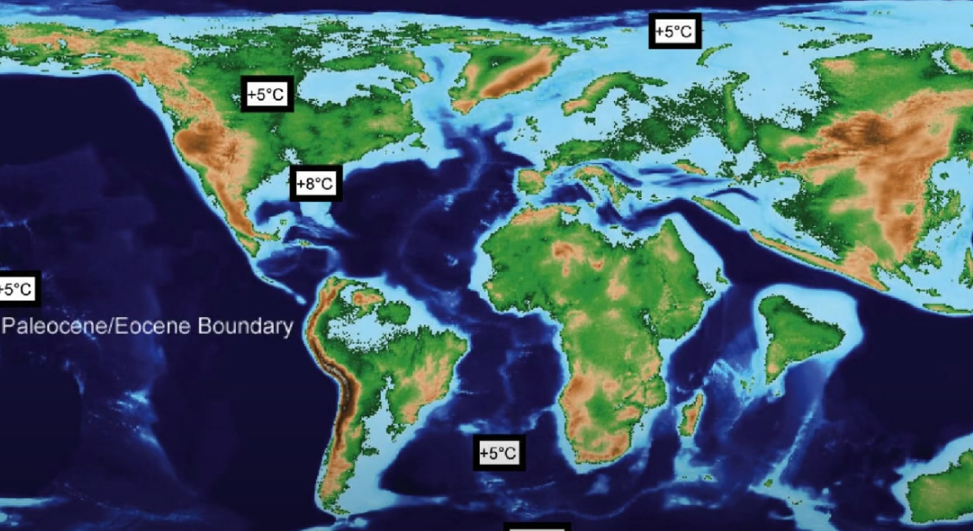
YouTube
The Paleocene-Eocene Thermal Maximum, which occurred around 55 million years ago, was a period of rapid global warming caused by a massive release of greenhouse gases into the atmosphere. This climate upheaval caused widespread extinctions and forced many species to adapt to the changing conditions. Mammals, in particular, saw significant evolutionary diversification during this time. The warmer temperatures allowed for the spread of tropical plants and the evolution of species that would go on to become today’s modern mammals. The PETM is considered a critical moment in the history of mammalian evolution, influencing the development of many major animal groups.
12. The Andean-Saharan Glaciation

YouTube
The Andean-Saharan glaciation, which occurred between 450 and 420 million years ago, marked a time of significant global cooling. This glaciation caused the extinction of many tropical species, while forcing others to evolve in response to the cold climate. The event is particularly important in the evolution of vertebrates, as early fish species adapted to survive in colder waters, and the first land-dwelling organisms began to emerge. The development of adaptations to survive in cold, terrestrial environments helped set the stage for the rise of amphibians and early reptiles.


